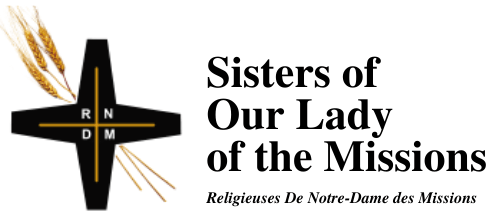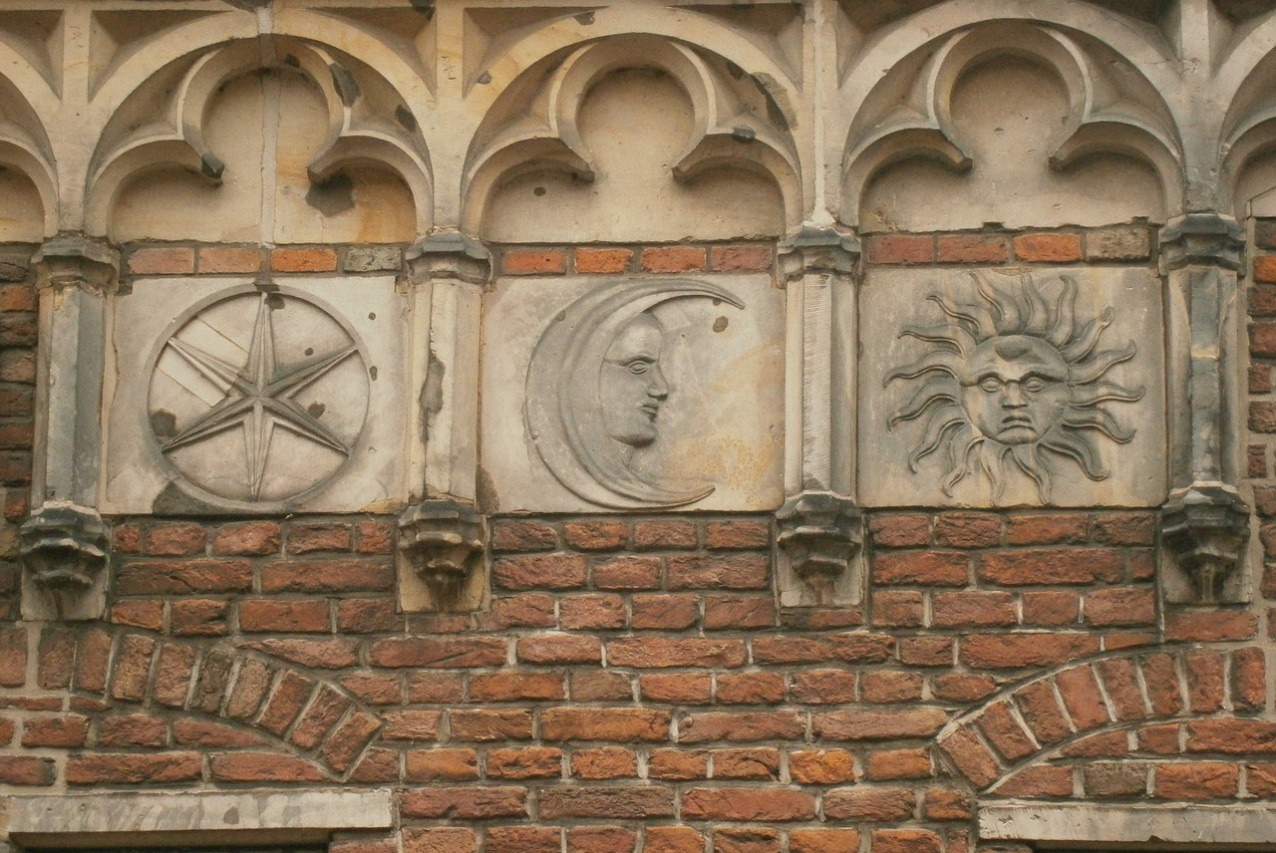Malachi 3:19-20a (RM) or Malachi 4:1-2a (RCL); Psalm 98; 2 Thessalonians 3:7-12 (RM) or 2 Thessalonians 3:6-13 (RCL); Luke 21:5-19.
The human brain has a wonderful capacity to restore balance when it veers too far to one side. I noticed that while doing doctoral research and writing.
In the early 1990’s I was researching the evidence for the origins of Christmas. The material was complicated, drawing mostly from German liturgical historians of the 19th-20th centuries and how they interpreted ancient literature, in the original languages, then shifting the discourse to what we can learn today about the nature of the Nativity feast. I spent hours deciphering microscopic gothic-script German print (never do this right after lunch. Your brain has checked out.)
But I noticed, once out of my carrel and on the streets, that I was really drawn to the motifs of a medieval smiling sun, grinning moon and stars that were all in vogue then for Christmas decoration. I came back with cosmic-print bedsheet sets, home décor, fabric and knitwear, Christmas cards, cookie canisters and platters that I still use. For some reason they just looked really, really good. And then I began to realize – this was what I was reading: all this evidence for how the Western Christian church in the fourth and fifth centuries started using cosmic symbols for the resurrected Christ, tied into the sun and moon cycles that determined the liturgical year and the timing of Christmas and Easter. The grunt work of research I pursued on a cognitive level had seeped into the affective, creative and crafty level. I came back from the library and just really, really wanted to work on that sun-and-stars needlepoint piece.
Today’s first reading from Malachi played a big part in that shift to primal cosmic imagery of the sun and Christ, not in the early church, but in the fourth century.
First we need to grapple with the blatant violence of the first verse of this reading. Malachi sets up a sharply defined image, that of the sun as both avenger against evildoers and healer of the wounded. The cruelty of the threat shocks our sensibilities. We know of too many images of the innocent condemned to an agonizing death by burning alive: women burned at the stake as witches from the 15th until the 18th century, or Jewish prisoners in the concentration camp crematoria during World War II, for example. The sheer violence of Malachi’s image of “all the proud and all evildoers” burned to death belies the source of the analogy, which is the practice of burning off stubble or chaff in fields of grain after the harvest – a controlled burn to clear the way for new life.
The turnaround in the next verse promises healing to those who have suffered injustice, from the healing warmth of the sun. Luke’s account of Jesus foretelling the destruction of the Temple in the Gospel was not merely a prediction of a future event (which in fact had already taken place when Luke was writing) but a vivid symbol of the utter destruction of all things in the end times, to clear the way for a new future. Apocalyptic imagery often goes hand in hand with the hopes of an oppressed people for liberation and a chance to rebuild society from the ground up. It’s more about political and social conditions than about the cosmos. As commentator Richard Horsley remarks, apocalyptic texts “are not about the end of the world, but about the end of empires.”
There’s a big glaring irony here. Early Christians did not preach on the image of the resurrected Christ as the sun that rises “with healing in its wings” until the Christian church had begun to accommodate itself to the culture, including the religious culture, of the Roman Empire. The last major persecution of Christians took place in the first decade of the fourth century under the emperor Diocletian. The generation that remembered the terror of imperial persecution would sooner have died (and sometimes did) rather than use any religious customs or images associated with the Roman Empire, such as Apollo in his winged sun chariot. Yet by the mid fourth century, when Christians were no longer under threat, they began to justify the application of Roman religious practices by finding antecedents in Scripture. This text from Malachi was one of them, and so was Psalm 19. Just as the church grew comfortable with the trappings of magisterial authority associated with imperial power, the Roman Empire was well into decline and would collapse about a hundred years later. Historians enjoy pointing out that “The Christian church bought the Roman Empire at its going-out-of-business sale.”
So today, listen for that underlying promise of justice and healing. And listen to your hands when they say, Stop typing and texting, and do something creative.
© Susan K. Roll
Susan Roll retired from the Faculty of Theology at Saint Paul University, Ottawa, in 2018, where she served as Director of the Sophia Research Centre. Her research and publications are centred in the fields of liturgy, sacraments, and feminist theology. She holds a Ph.D. from the Catholic University of Leuven (Louvain), Belgium, and has been involved with international academic societies in liturgy and theology, as well as university chaplaincy, Indigenous ministry and church reform projects.





You wrote of human’s “wonderful capacity to restore balance when it veers too far to one side.” For me, an example of this is the recent U.S. election, which defied the odds, and favored truth, civility, integrity, etc., over the political chaos and duplicity of the last years.